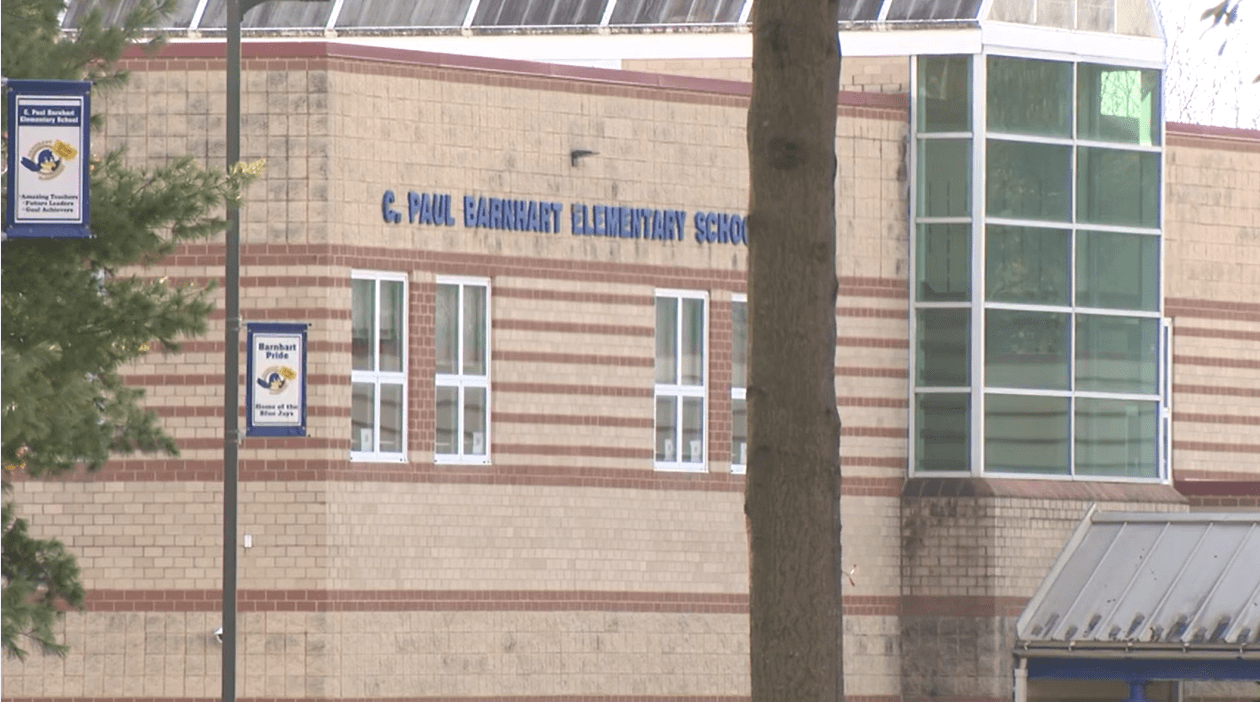WASHINGTON (AP) — Nearly $11 billion dollars will be spent by federal candidates and political action committees during the 2020 election cycle, a jaw-dropping sum that will far surpass records set in the past.
That the projection contained in a new report released this week by the Center for Responsive Politics, a nonpartisan Washington-based group that tracks the money coursing through the U.S. political system.
The projected spending by presidential, Senate and House candidates, as well as political action committees and super PACs, is more than 50 percent greater than what was spent in the 2016 election. It also surpasses 2012, the most expensive election cycle until now at $7.1 billion when adjusted for inflation, the group’s analysis found.
Currently, about $7.2 billion has been spent. But that’s poised to increase dramatically when House and Senate candidates and committees supporting them report their spending for the past quarter on Oct. 15.
And even if all federal candidates didn’t spend another dollar, this election would still be the most expensive in history.
“The 2018 election smashed fundraising records for midterms, and 2020 is going to absolutely crush anything we’ve ever seen — or imagined — before” said Sheila Krumholz, executive director of the Center for Responsive Politics. “This is already the most expensive presidential election in history and there are still months of election spending to account for. The unanswered question is whether this will be the new normal for future elections.”
The unrestrained spending speaks to court-ordered changes in campaign finance law, which began a decade ago with the Supreme Court’s landmark Citizens United decision. That ruling, as well as other subsequent court decisions, have paved the way for unrestrained spending by outside groups. That’s enabled wealthy individuals, corporations and unions to pour unlimited money into the political system.
At the same time, legislation has removed individual donation caps, allowing political parties to accept high six-figure contributions from wealthy donors.
President Donald Trump has already spent over $1 billion raised through his joint fundraising effort with the Republican National Committee. Democratic nominee Joe Biden has spent far less, but is poised to ramp up spending in the closing weeks of the campaign after raising more than $600 million over the past two months.
This year’s Democratic primary also drew two billionaire candidates who further pushed up total spending. Former New York Mayor Mike Bloomberg dropped over a $1 billion on his short-lived campaign, while California businessman Tom Steyer spent over $345 million of his money.




























































